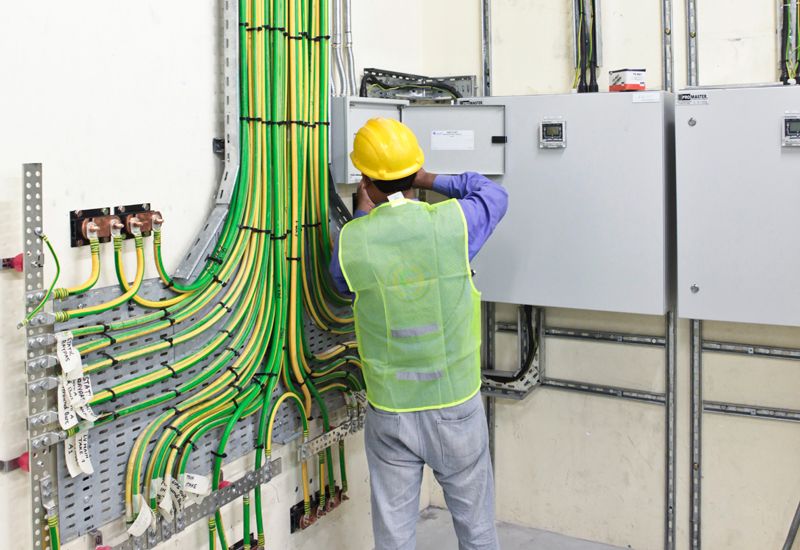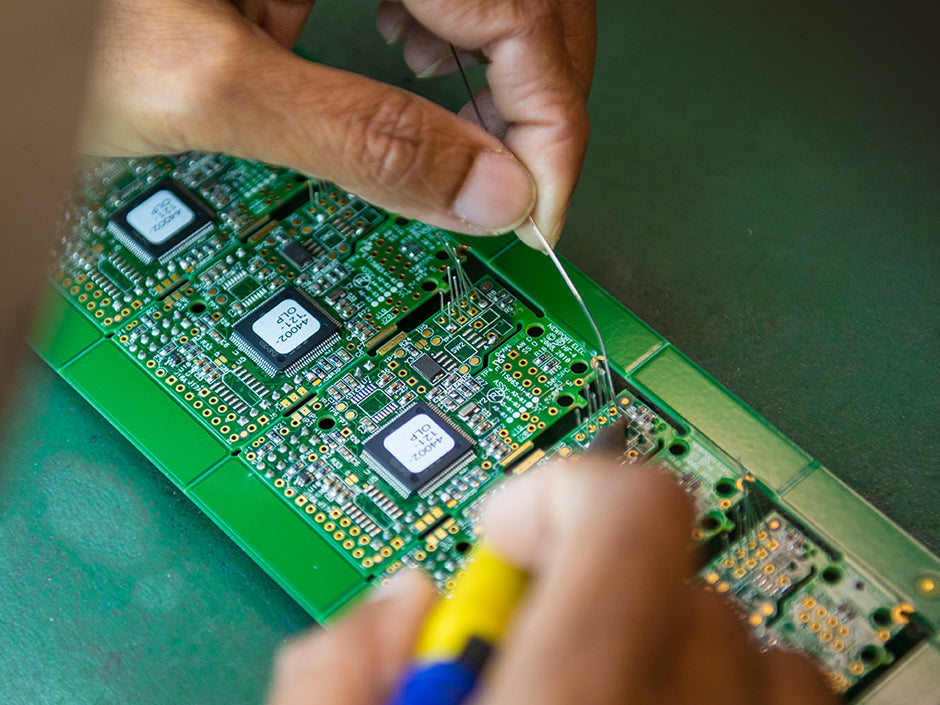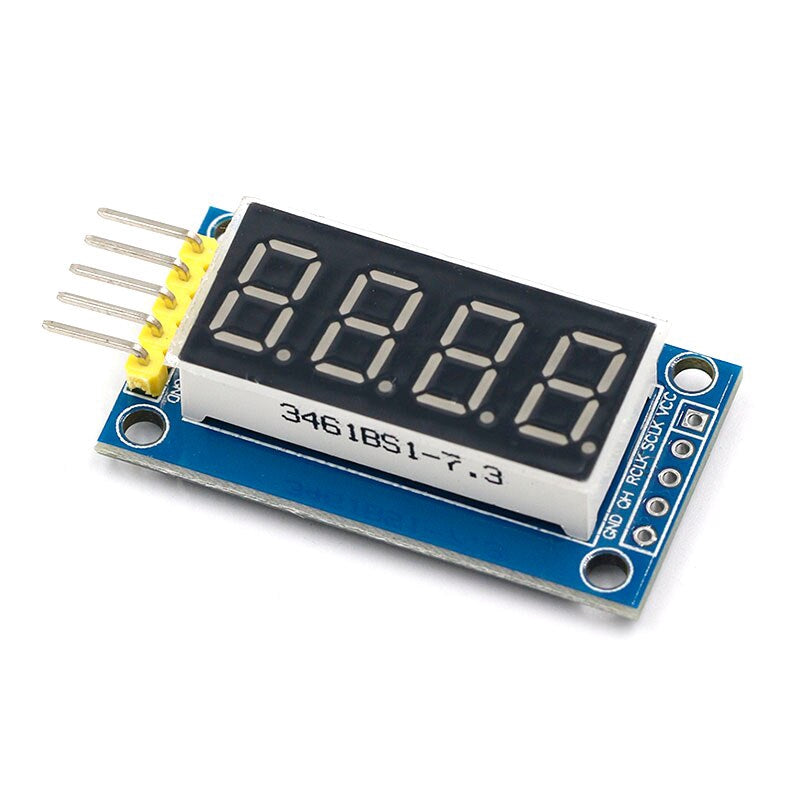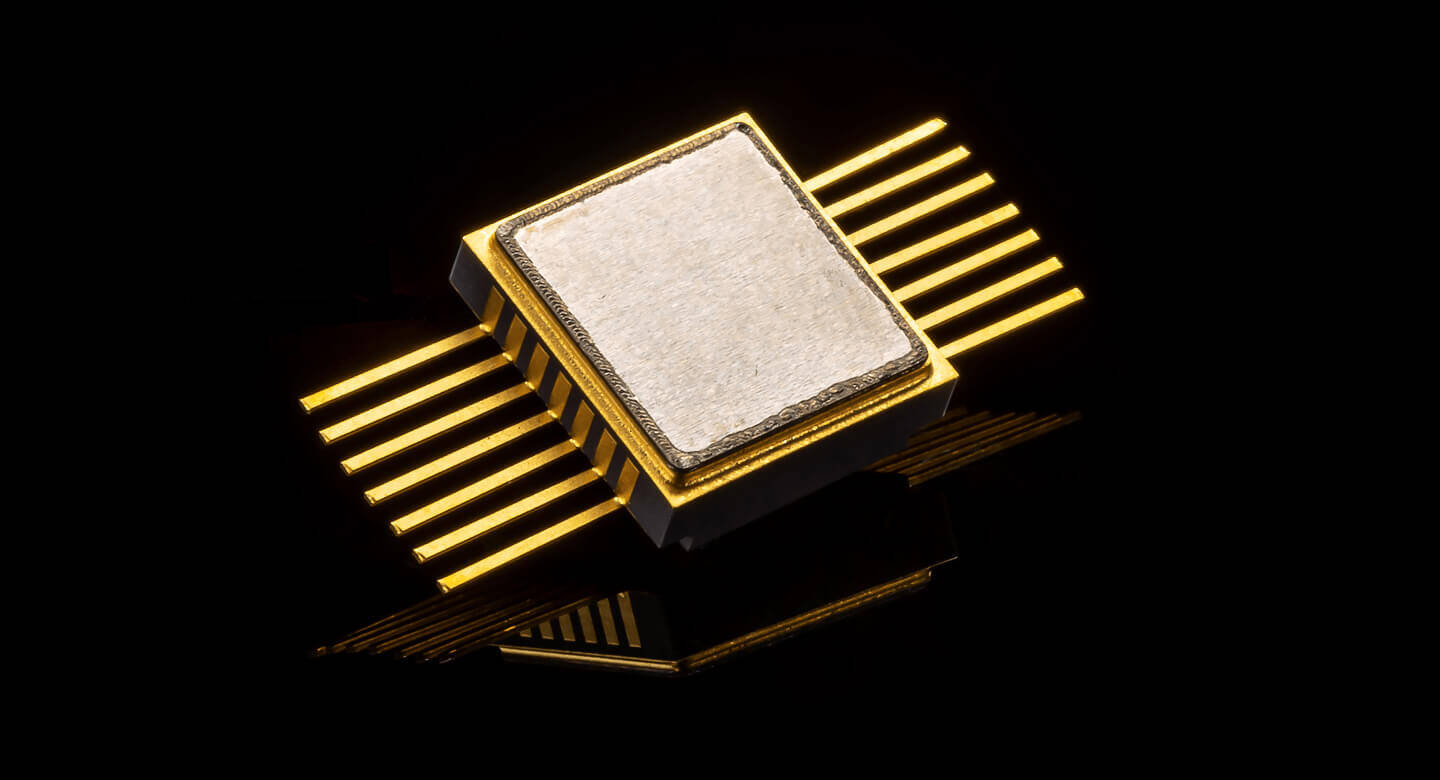
Achieving Electrical Isolation with Insulating Adhesives: A Comprehensive Guide
Share
Electrical isolation is a critical factor in semiconductor device construction, vital for preventing short circuits, crosstalk, and leakage currents that could compromise device performance. At American Fairfield Inc., we specialize in advanced bonding and encapsulation solutions, offering specialty insulating adhesives designed to embed components, seal terminals, and insulate substrates while ensuring mechanical integrity.
What are Insulating Adhesives?
Insulating adhesives are formulated with electrical non-conductors such as epoxy, silicone, polyimide, or polyurethane polymers. These adhesives cure to form solid bonds that do not conduct electricity, making them ideal for various applications:
- Die Attachment in Power Electronic Modules: Electrically isolates the bottom die surface from the substrate.
- Conformal Coatings Over PCBs: Protects tracks from environmental damage.
- Edge Bonding of Sensors: Insulates contact pads from module walls.
- Potting of Terminals and Connectors: Prevents arcing and leakage.
Insulating Adhesives for Electrical Isolation Applications
American Fairfield Inc. provides a wide range of insulating adhesives tailored to meet the needs of different semiconductor substrates and components. Our offerings include:
-
Epoxy Adhesives: Known for their resilient mechanical bonds, electrical resistance, and exceptional adhesion. Available in one-part heat cure or two-part room temperature cure options, these adhesives offer excellent chemical resistance and temperature stability.
-
Silicone Adhesives: These adhesives form softer bonds with superior dielectric strength and resistance to wide operating temperatures and flex. Curing at room temperature, they become durable rubber, facilitating easy dispensing.
-
Polyurethanes (PURs): Our polyurethane potting compounds protect against abrasion, vibration, and thermal cycling. Available in a range of shore hardnesses, they secure components while offering robust insulation.
Technical Considerations for Insulating Adhesives
Selecting the right insulating adhesive involves evaluating several key parameters to ensure effective electrical isolation and mechanical bonding:
-
Dielectric Breakdown Strength: The maximum electric field strength an adhesive can tolerate before conducting. A higher value ensures better isolation.
-
Volume Resistivity and Dielectric Constant: High resistivity and low dielectric constant materials impede current flow, enhancing isolation.
-
Thermal Conductivity: Essential for dissipating heat generated during device operation, crucial for temperature-sensitive components.
-
Coefficient of Thermal Expansion (CTE): Matching the CTE of the adhesive with components and substrates minimizes thermal stresses and bond degradation.
-
Outgassing: Gases released during curing can deposit inside microelectronics, potentially affecting reliability. Low outgassing materials are preferred.
-
Work-Life, Viscosity, and Cure Conditions: Balancing these factors ensures the adhesive meets production process requirements for effective bonding and isolation.
Trust American Fairfield’s Expertise
Electrical isolation is fundamental for optimizing semiconductor and electronics performance. American Fairfield Inc. stands out as a leading specialist, providing in-depth knowledge and high-quality products for insulating adhesives. Our expert team is ready to assist you in overcoming bonding, coating, and potting challenges.
Contact us today to discover the right insulating adhesive solutions for your application needs and enhance your product's performance with precision and reliability.
Visit our website or reach out to our engineers for personalized assistance and expert guidance tailored to your specific requirements.
FAQs
What are insulating adhesives? Insulating adhesives are specialized bonding agents made from non-conductive materials like epoxy, silicone, polyimide, or polyurethane, designed to provide electrical isolation while forming strong, reliable bonds.
How do insulating adhesives enhance electrical isolation? Insulating adhesives offer high dielectric strength, volume resistivity, and low dielectric constant to prevent electrical conduction, ensuring reliable performance in sensitive electronic components.
What factors should be considered when choosing insulating adhesives? Key factors include dielectric breakdown strength, volume resistivity, thermal conductivity, CTE matching, outgassing, and work-life, which all affect the adhesive's performance and suitability for specific applications.
How can American Fairfield assist with insulating adhesives? American Fairfield Inc. provides a range of insulating adhesives tailored to meet diverse needs, supported by technical expertise and custom formulation services to ensure optimal performance in your applications.





